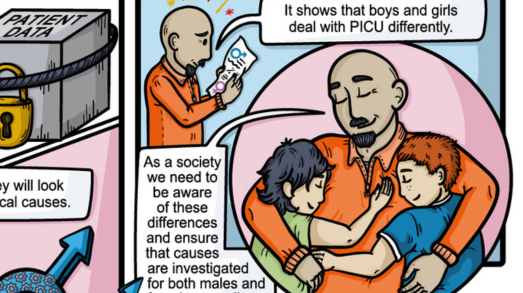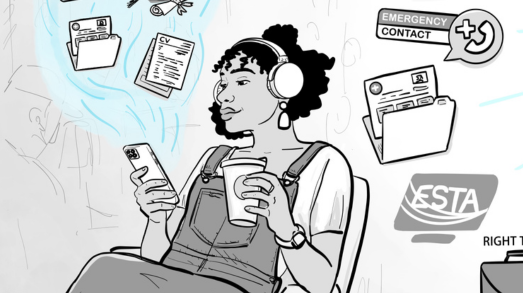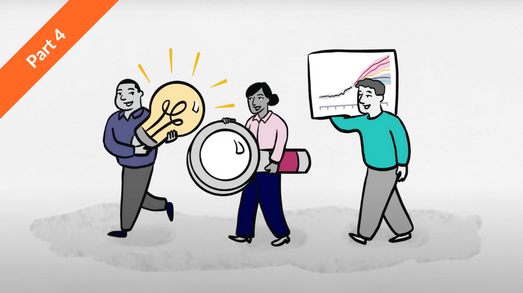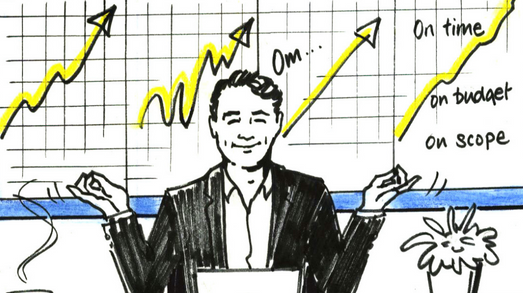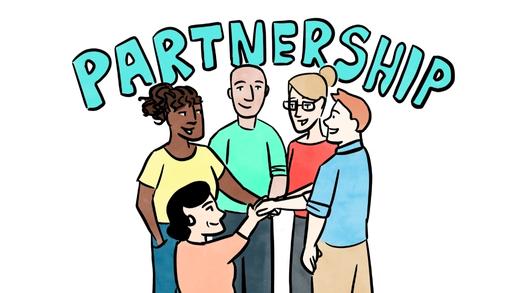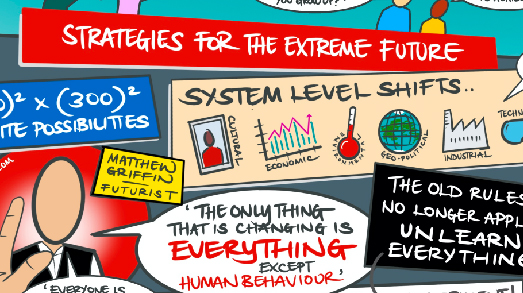The term VUCA has cropped up several times in the client meetings I have facilitated over the last few weeks. If you’re not familiar with this term it is an acronym (volatility, uncertainty, complexity, and ambiguity) for a framework which helps us to understand the changing external world.
VUCA is believed to have emerged in the 1980s within a military context and is now used regularly in a variety of disciplines including project management.
There’s a significant chance you are, or will be, regularly discussing change in your meetings. Have you wondered how can you capture the collective intelligence of those “in the room” to make sense of all this change? Below I have suggested two tools for each element of VUCA which may be helpful in your meetings. There will be more that may be equally helpful, however if you are looking for quick inspiration I offer these in the spirit of giving you somewhere to start from.

‘We are Here’ (PEST) – The PEST (Political, Economic, Social, Technological) approach is well known, simple and always helpful when analysing what’s happening in the external environment. Try adding Legal and Environmental to the PEST (making PESTLE) for added insights. Consistently reliable for group work and you only need a flip-chart and pens.
Push & Pull – Inspired by forcefield analysis, Push & Pull focuses on those elements which are helpful and enabling to your aim, versus those elements which are unhelpful or acting as potential barriers. The area between the arrows enables the group to reflect on the ‘So What?’ of their analysis.

We Will, We Might, We Won’t – Despite an uncertain environment this tool enables the group to foster certainty on what they will do in a given context, as well as what they might do under specific conditions. There’s also space for being intentional about what the group won’t do, which is equally important.
Journey/Transition Map – Journey maps are detailed AND can be created and worked with very easily. Try using a simple metaphor that suits your business. The purpose here is to illustrate, together, your journey and what might help or hinder the you to reach your desired destination.

Six Thinking Hats – Originally created by Edward de Bono, Six Thinking Hats enables the group to consider a scenario by adopting different viewpoints (wearing different hats), such as a positive, logical, cautious and creative mindsets. Easily used with flipcharts and really quite a fun way to generate seriously useful insights.
Mind Map – A classic. The Mind Map (sometimes referred to as a spider-gram) enables an analysis of any situation using the centre point for the main theme and branches to drill down into relevant components. Colour coding will help to provide immediate visual comprehension.

Why, Why Why, Why Why? – Also known as the 5 Whys, this is a super tool for interrogating a topic. Try this tool in your meetings or in your own personal life. Be prepared to go deep by reverting to your inner 5 year old.
Clustering – Ideal for use with sticky notes, clustering gives your group a wonderful opportunity to “get it all out” using the sticky notes, which can be clustered into common themes and explored in detail. Great for enabling quieter participants to add their insights during the idea generation phase.
Every one of these visual tools can be created and used very easily in any meeting. All you need for these tools is flip-chart paper, markers, sticky notes and tape, oh and a group ready to engaging in productive conversation. Leading a meeting online, try using these templates in Mural and other similar platforms?
Why not share the visual tools you find useful to make sense of VUCA. It will be great to hear from you!
———
Content taken from ‘The Visual Meeting Coach’ bi-weekly LinkedIn newsletter by Tom Russell.
To subscribe to Tom’s newsletters visit https://www.linkedin.com/in/thomasrussell/
About Tom …
Tom is a facilitator, graphic recorder and founder of Inky Thinking, a visual communication agency specialising in bespoke visual communication, enabling leaders and organisations to communicate effectively. Tom works with leaders and teams in global organisations to design and facilitate conferences, meetings and workshops.
Tom’s book – ‘Meet with Impact – 40 visual tools for productive meeting and engaging workshops’ was published by Pearson Business in 2019.


